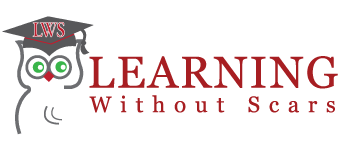Customers, for the dealership service department, have grown used to performing service maintenance and minor repairs either themselves, or with the help of independent mechanics. This has led them to the conclusion that repairs are easily done and that they can diagnose problems with their equipment without much help from anybody.
While it is true that some of the customers, employees, and independent mechanics can perform very technical work, it still remains the dealership that has access to all the technical expertise that is provided by the manufacturers of the equipment.
The parallel that will be presented in this program is that of the doctor. The technician performing the inspection is a qualified analyst, trained to know what to look for and what the symptoms mean. The inspections that we are talking about here are diagnostic inspections to be performed prior to conducting any repairs, quality control inspections to be done after work has been completed, and machine appraisals which would be required of machines being traded in or being purchased used.
This program on inspections will provide you with an outline – a process – to follow in developing the inspection programs listed above for your dealership. This outline will allow you to improve all repair processes as well as have a more consistent condition report on used equipment.
